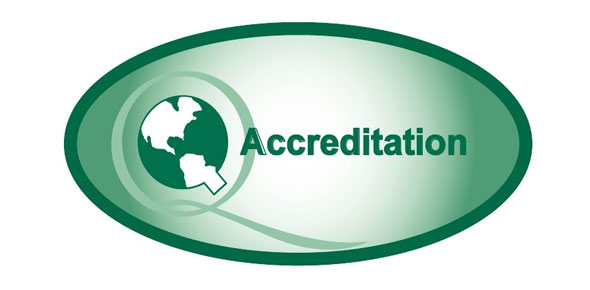Related Flashcards
Cards In This Set
| Front | Back |
|
Cognitive Development
|
The way children process thought maintain attention, remember, understand, and plan, predict, regulate, and evaluate tasks and situations.
|
|
Social Development
|
The process by which children learn values, knowledge and skills that allow them to contribute to social groups and situations, such as families, schools, and community.
|
|
Behaviorism
|
All behaviors are learned through interactions with the environment.
|
|
Constructivism
|
Learning is an active process and knowledge is constructed based on personal experiences. ( Active Learning)
|
|
John Piaget (Theory of Cognitive Development )
|
Theory of Cognitive Development- A child’s knowledge develops from assimilating new information and accommodating new knowledge through four stages.
|
|
John Piaget four stages
|
|
|
Lev Vygotsky ( Social Development Theory)
|
Zone of Proximal Development. Things the child can do on his own. Social Development plays an important role in cognitive development. Cognitive development is better achieved through interactions or help from peers or an adult.
|
|
Howard Gardner ( Theory of multiple intelligences)
|
There are nine different types of intelligence in which children and adults develop skills and solve problems. Verbal-linguistic, logical-mathematical, spatial-visual, bodily-kinesthetic, musical, interpersonal. Intrapersonal, naturalist, existential.
|
|
Jerome Bruner ( Three modes of representation)
|
Enactive- knowledge is stored through motor responses. Iconic- knowledge is stored by visual images. Symbolic- knowledge is stored through words, mathematical symbols, or other symbol systems.
|
|
Albert Bandura ( Social Learning Theory)
|
Children learn best by observing, imitating, and modeling behaviors, attitudes and emotional reactions.
|
|
Erik Erikson ( Theory of psychosocial development)
|
Trust vs mistrust- first 18 months of life. Infants need to develop a sense of trust and secure feelings. Autonomy vs shame and doubt- 18 months- 3 years. Children begin to assert their independence.Initiative vs guilt- 3 years - 5 years. Children assert more independence while interacting with other children.Industry vs inferiority- 5 years - 12 years. Children seek approval from peers in order to develop self-esteem.
|
|
Abraham Maslow ( Hierarchy of needs)
|
Biological- air, water, food, shelter.Safety- security, stability, freedom from fear.Love- relationships.Self-esteem- success, independence, status, respect. Self-actualization- personal growth.
|
|
Benjamin Bloom ( Domains of learning )
|
Blooms Taxonomy ( hierarchy of skill )
|
|
Developmental stages of milestones
|
Atypical Behavior- When Behaviors fall outside of expected range of development. Typical behavior- is the ability to manage one’s own feelings and positively interact with others. Social-emotional, cognitive development, language development, physical development and moral development.
|
|
Social-emotional
|
Feelings of emotions self-concepts, autonomy, self-esteem and behaviors and skills used to build and maintain positive developments.
|





